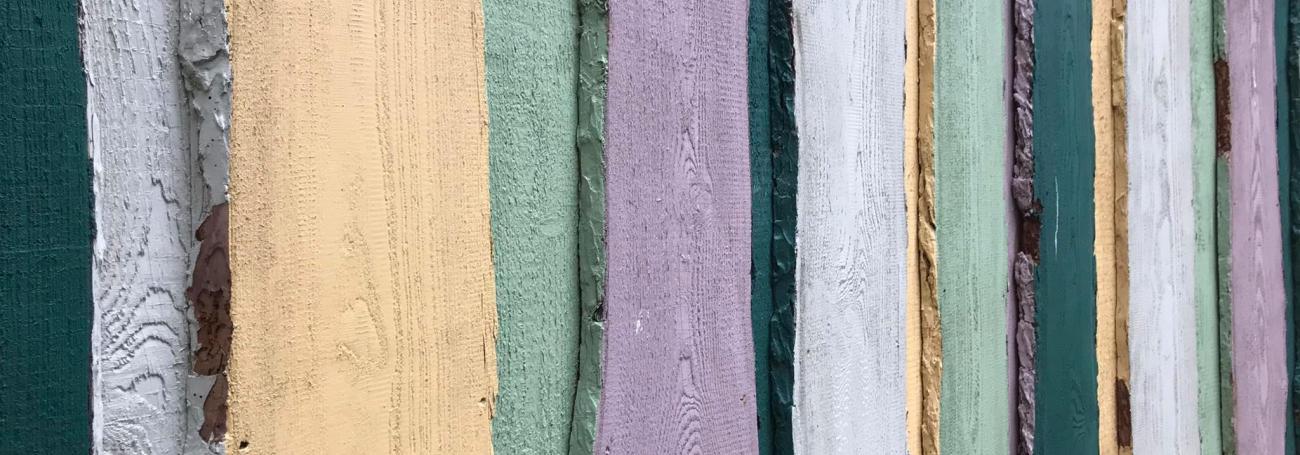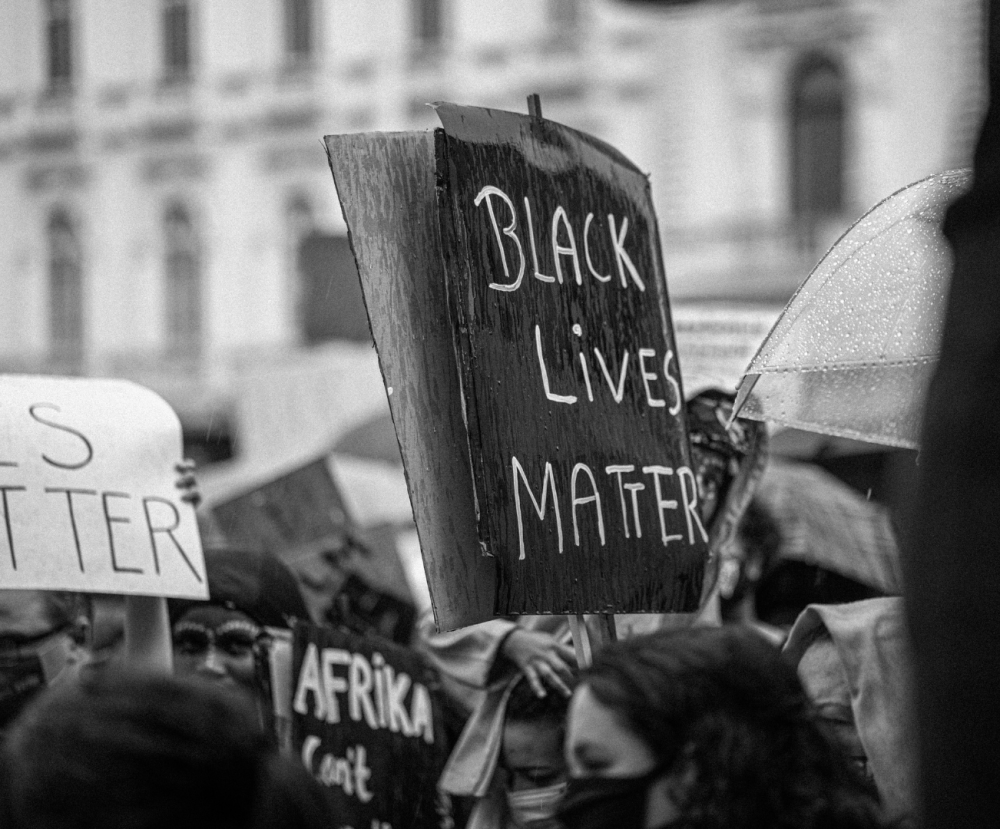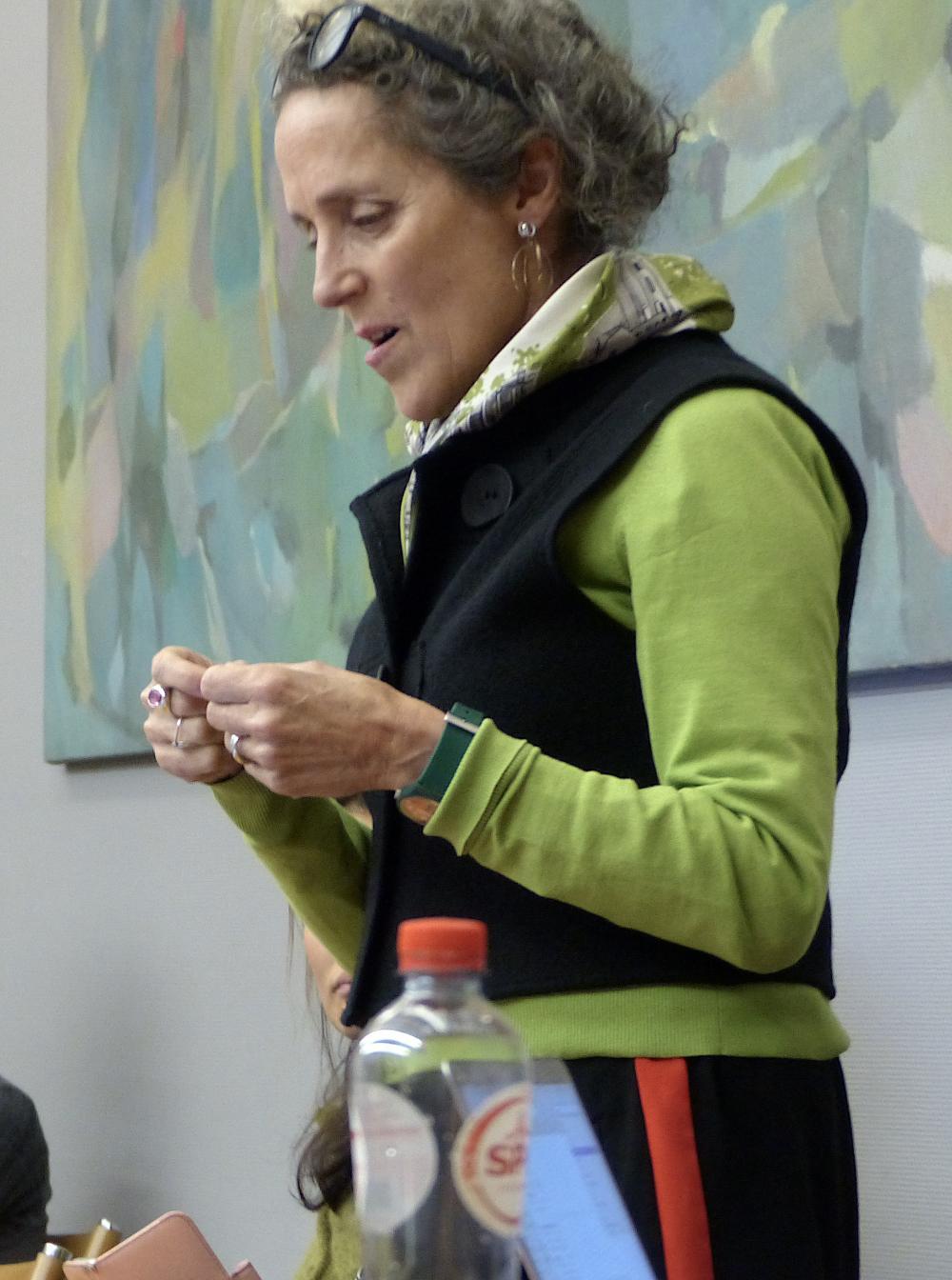Disability equality
In the UK, under 5% of disability hate crime is reported. Most people with Learning Disabilities and Autism (LDA) absorb the hate, see it as part of everyday life and just want it to go away. LDA hate crime is often repeated and can escalate to physical violence and murder. People with LDA do not see the criminal justice system as a safe and friendly place to report to and access justice. Indeed for many, reporting can add another layer of trauma. While we support higher rates of prosecution for hate crime, restorative justice can play a part in addressing the needs of people with LDA. It can help people tell their story, express their emotions, establish a personal and rehabilitative narrative, and sometimes be instrumental in achieving desistance in the person who committed the crime.
So what do people with LDA need? Simple and direct communication. A fundamental requirement is to have all the information about restorative consent, data protection and confidentiality in an easy-read format — both online and offline. However you also need the same information in long form for their carers and relatives who may be supporting them. Practitioners need a full understanding of the vulnerability of the person. They may be dependent on a carer or relative who could be the person perpetrating the crime against them and so could also be subject to coercive control. Or they may be lonely and be subject to ‘mate crime’ — where someone befriends them but may also be stealing from them or move into their accommodation without consent (known as cuckooing).
We have found that it is fundamentally important to work closely with a trusted and specialist organisation, just as we have been doing with Mencap, who also provide referrals and co-produce appropriate materials. In addition to this work, as an organisation, we need landing pages on our website, symbols which indicate our intent, such as Mencap logos, LGBT+ flags and advertised membership of our affiliation to organisations which are led by and for people who suffer discrimination.




